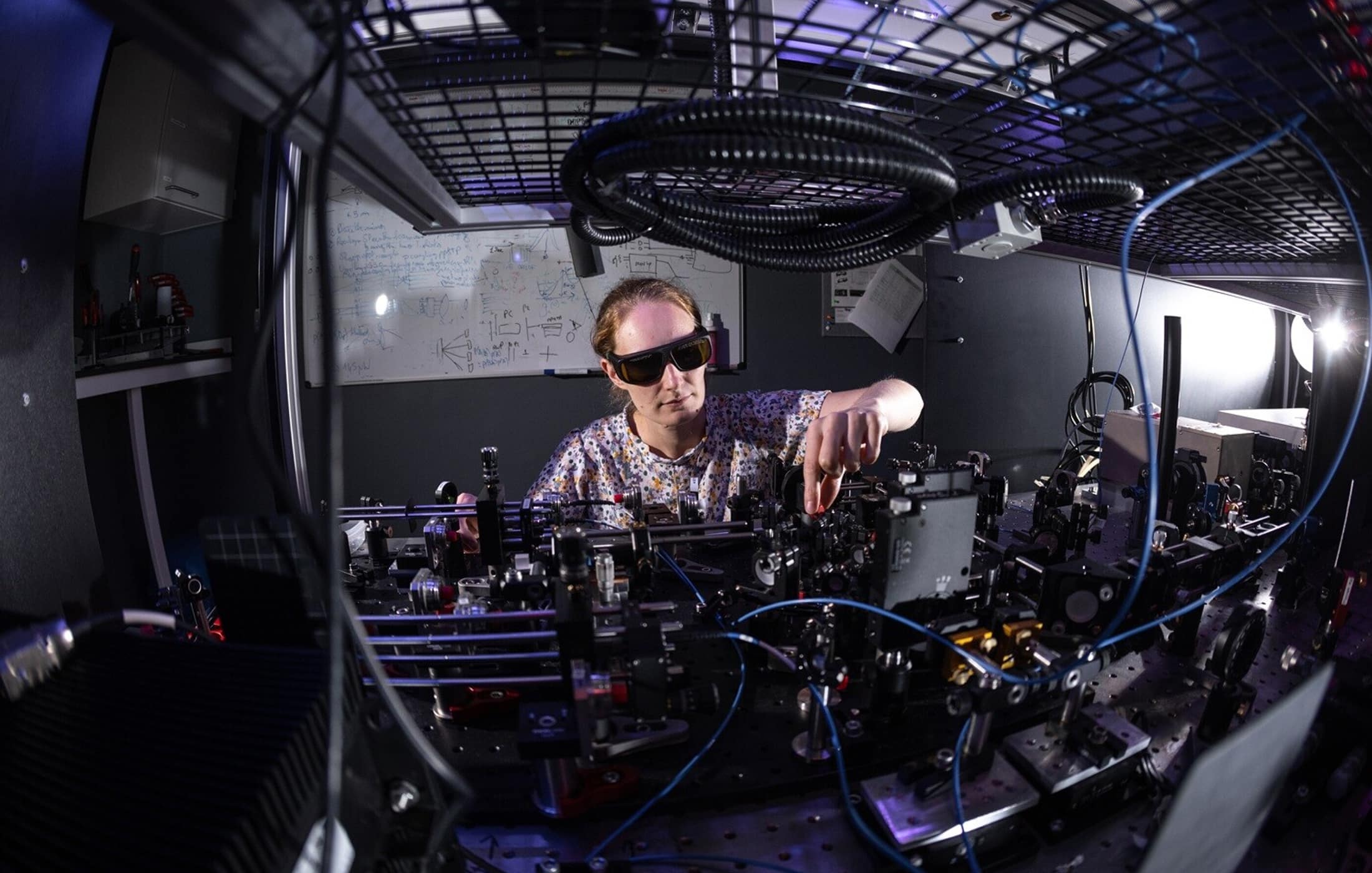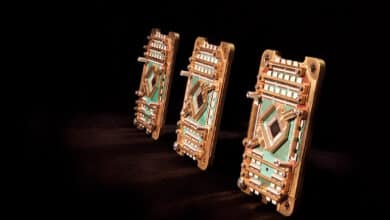Major Leap for Quantum Internet: First Critical Connection

London, April 2024 – In a groundbreaking advancement for the future of global communication, researchers from Imperial College London and their partners at the Universities of Southampton, Stuttgart, and Würzburg have established a core link necessary for the quantum internet, enabling, for the first time, the production, storage, and retrieval of quantum information in a single system. According to the announcement on Imperial’s website, the collaborative team has combined quantum dot technology with atomic quantum memory, effectively interfacing these components so that quantum data can be sent and received via standard optical fibers.
The innovation marks a major stride in harnessing entangled photons for long-distance, tamper-proof communication—an approach that could eventually underpin robust global quantum networks and distributed quantum computing. By uniting reliable quantum sources with stable quantum memories, the group has set the stage for true quantum-enabled infrastructure, bringing the dream of a hack-proof “quantum internet” one step closer to reality.
Why It Matters
This breakthrough resonates far beyond the laboratory, laying pivotal groundwork for several game-changing applications:
1. Secure Communication: Quantum networks rely on the laws of physics—rather than computational intractability—to guard against eavesdropping. Any attempt to intercept or measure quantum data irreversibly disturbs it, alerting legitimate parties to a security breach. By combining quantum dot emitters (which generate entangled photons) with atomic memories (where quantum states can be stored and retrieved), the research team effectively demonstrated a core building block for end-to-end quantum encryption over standard telecom fibers.
2. Distributed Computing: Long-distance transmission of quantum states is not just about secure messaging; it’s also a cornerstone of distributed quantum computing. Different quantum processors can be linked together to share workloads, exchange entanglement resources, and perform collaborative computations beyond the reach of classical machines.
3. Compatibility with Existing Infrastructure: By showing that quantum signals can propagate over standard optical fibers, the researchers point to a relatively straightforward path to upgrading current telecom networks for quantum applications. In practical terms, it means national or global fiber optic backbones can be leveraged—without massive overhaul—to carry quantum signals. This lowers barriers to real-world deployment.
4. Scalable Networking: One of the biggest challenges in quantum networking has been reliably storing and retrieving entangled quantum states at nodes across the network. The team’s demonstration that atomic memories can interface smoothly with quantum dots is critical to scaling up to large, multi-node quantum networks, as it addresses the “short-lifetime” problem of certain quantum states. This ensures information can be held until the network is ready to process or forward it—key for synchronizing complex entangled exchanges over long distances.
Overall, this accomplishment paves the way for secure quantum links that can connect geographically distant users, data centers, and eventually quantum computers in a future “internet” in which information is transferred as entangled photons. Though challenges remain—such as extending memory lifetimes, increasing photon sources’ reliability, and optimizing routing protocols—the Imperial-led effort validates crucial techniques that move quantum networking from theory toward commercial viability. We can expect follow-up work to further integrate quantum memory nodes, push transmission distances, and address the engineering complexities of a real-world quantum internet.



